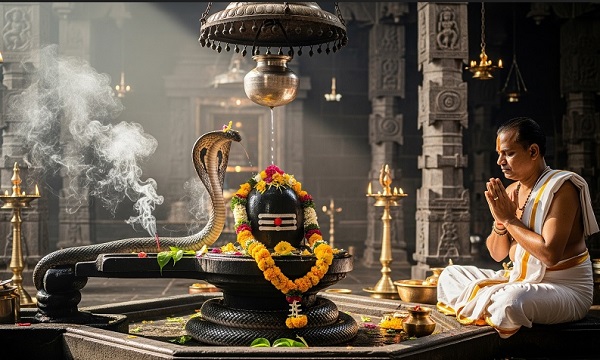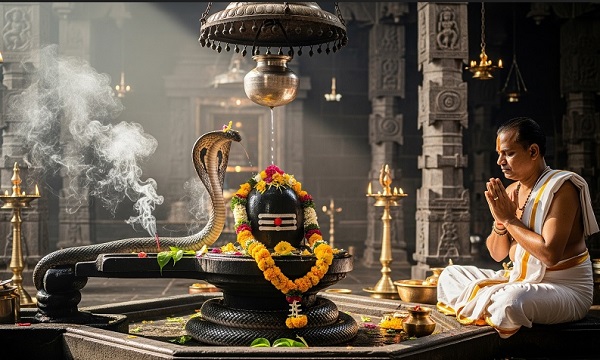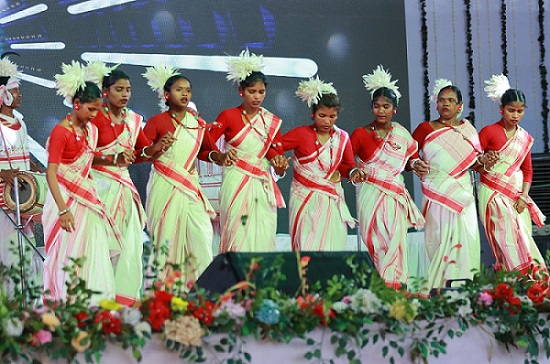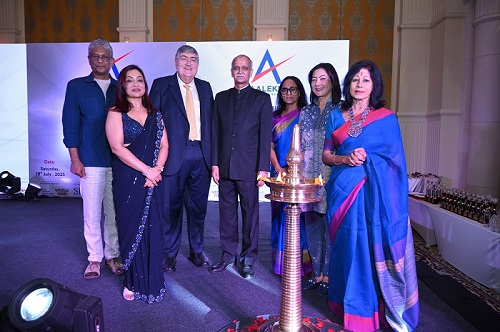Colors of Culture Madhubani Art Keeps Indias Ancient Folk Legacy Alive
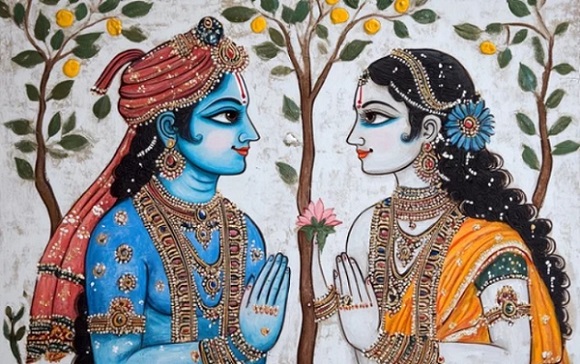
In a world increasingly dominated by digital design, the hand-painted elegance of Madhubani art continues to enchant with its intricate patterns, vibrant hues, and deep-rooted symbolism. Originating from the Mithila region of Bihar, Madhubani—or Mithila painting—is more than just decorative art. It is a centuries-old storytelling tradition that reflects the region’s spiritual, social, and cultural ethos.
A Brief History Rooted in Rituals
Madhubani art dates back nearly 2,500 years and is believed to have originated during the time of the Ramayana. According to legend, King Janaka, the ruler of Mithila and father of Sita, commissioned artists to create elaborate paintings on the walls of his kingdom for his daughter’s wedding to Lord Rama. Since then, women in the region have passed down this art from generation to generation, using it to decorate walls and floors during festivals, marriages, and special occasions.
For centuries, Madhubani was practiced in secrecy within the confines of rural homes. It was only after a devastating drought in the 1960s that the art form was discovered by the outside world. The All India Handicrafts Board encouraged the women to transfer their wall paintings onto paper for sale, thus opening up new avenues for recognition and livelihood.
The Soul of Mithila in Every Stroke
Traditionally practiced by the women of Mithila, Madhubani art has five distinct styles—Bharni, Kachni, Tantrik, Godna, and Kohbar—each defined by its color schemes, motifs, and line work. While Bharni and Tantrik styles focus on religious themes, Kachni uses fine lines to depict daily life. Godna and Kohbar styles are symbolic, often used in rituals and marriages.
What makes Madhubani visually unique is its use of bold outlines, intricate patterns, and natural pigments sourced from turmeric, indigo, sandalwood, and leaves. Brushes made from twigs, fingers, or even rice sticks keep the tradition organic and authentic.
A Modern Revival With Global Impact
In recent decades, Madhubani has broken out of its regional shell and reached a global audience. National award-winning artists like Sita Devi, Ganga Devi, and Baua Devi have played pivotal roles in popularizing the form. Today, the art is not only featured in galleries across India and abroad but is also being used in fashion, interior design, digital media, and even NFTs.
Young artists are also infusing new life into the form by using Madhubani to highlight social and environmental issues—proving that this ancient tradition can speak powerfully to modern concerns.
Workshops, exhibitions, and online platforms have helped urban audiences reconnect with this rural gem. Whether painted on canvas, walls, sarees, or sneakers, Madhubani continues to adapt while staying rooted in its essence.
A Legacy Painted in Time
Madhubani art is more than just folk painting—it is a living, breathing cultural narrative. Every line, curve, and color carries the voice of generations, and as long as there are artists to carry forward its brush, this legacy of Mithila will never fade. In a rapidly changing world, Madhubani stands as a vibrant reminder that tradition, when preserved with pride, becomes timeless.

 29/07/2025 7:09 PM
29/07/2025 7:09 PM Mumbai
Mumbai 




 Related News
Related News Popular News
Popular News